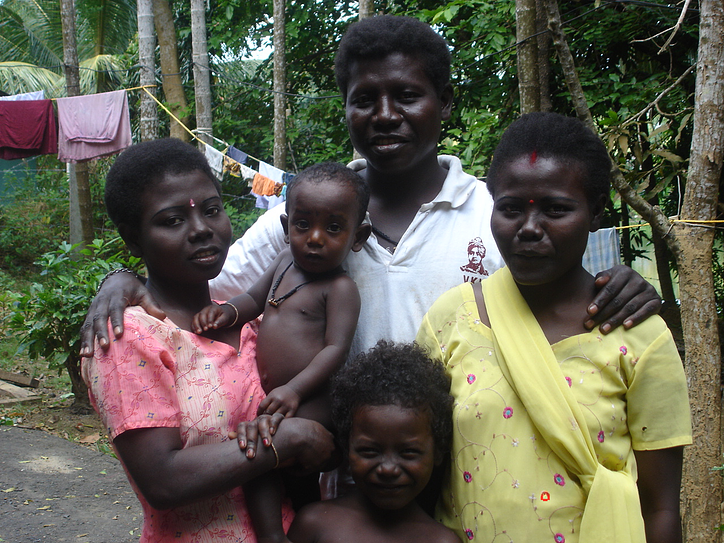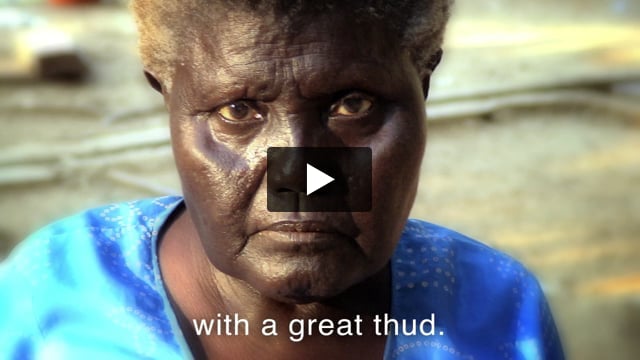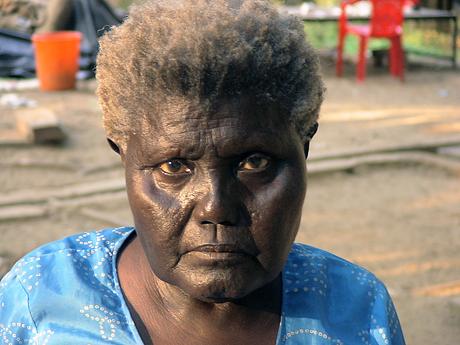The Great Andamanese
Of the many peoples of the Andaman and Nicobar Islands, forced contact and colonialism proved most disastrous for the Great Andamanese, who have lost over 99% of their population in a genocide.
 © Anita Abbi
© Anita Abbi
The Great Andamanese – as today they are collectively known – were originally ten distinct tribes, including the Jeru, Bea, Bo, Khora and Pucikwar. Each had its own language, and numbered between 200 and 700 people.
When the British colonial settlers arrived in 1858, there were more than 5,000 Great Andamanese living in the islands. However, hundreds were killed in conflicts as they defended their territories from British invasion, and thousands more were wiped out in devastating epidemics of measles, influenza and syphilis, all introduced by the British.
In the 1860s, the British established an ‘Andaman Home’ kidnapped Indigenous Andaman Islanders were taken. Hundreds of people died from disease and abuse in the home, and of 150 babies born there, none survived beyond the age of two.
In 1970, the Indian authorities moved the remaining Great Andamanese to the tiny Strait Island, where they are now dependent on the government for food, shelter and clothing, and where alcohol abuse and tuberculosis are rife.
Today, just over 50 Great Andamanese people survive.
Boa Sr, who died in 2010 was the last of the Bo tribe. The Bo were the last of the ten Great Andamanese tribes to come into contact with the British, just before the 1901 census. It took little more than a century for up to 50,000 years of human history to be wiped out. Before she died, Boa Sr talked about the neighbouring Ang (formerly known as Jarawa) people, whom she felt were fortunate because they were still able to live in their forest without the devastating effects of contact experienced by the Great Andamanese.
Join the mailing list
There are more than 476 million Indigenous people living in more than 90 countries around the world. To Indigenous peoples, land is life. Find out more about them and the struggles they’re facing: sign up to our mailing list for occasional updates.


